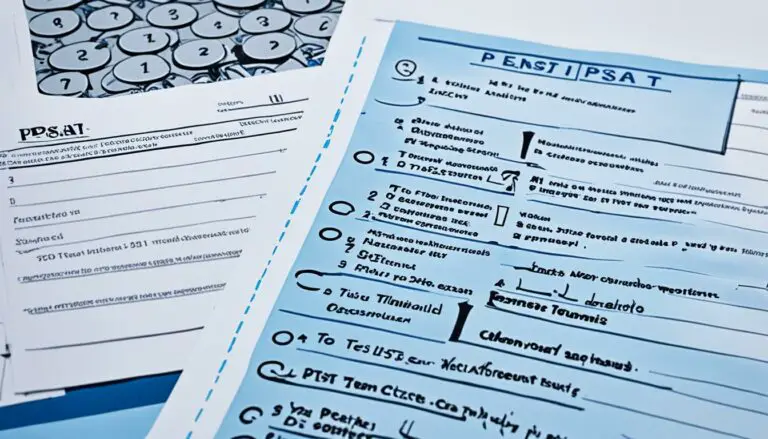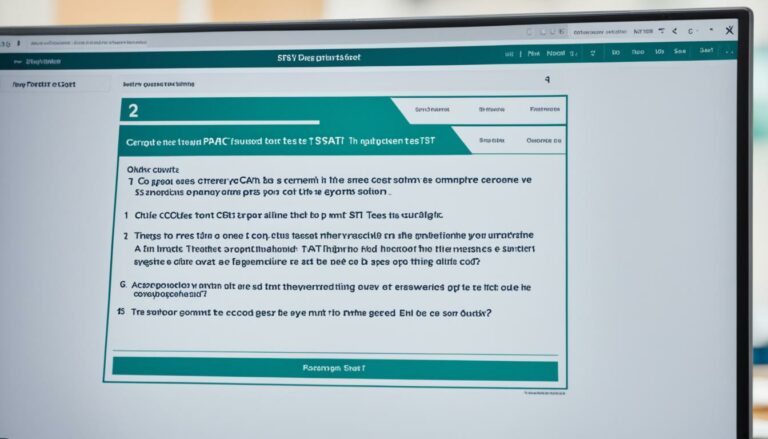Why Do Teachers Get Paid Monthly? A Detailed Insight
Teaching has historically been seen as a low-paid profession, sparking protests and discussions about teacher salaries. The average base salary for teachers is $55,100, which varies significantly by state. For example, the average teacher salary in New York is $81,902, compared to $42,925 in Mississippi.
Many school districts offer teachers a choice between receiving their annual salary over ten months or spreading it out over the entire year.
While teachers are paid less than other professionals with similar education levels, non-wage benefits such as prepaid insurance premiums and pensions are essential components of teacher compensation.
Most school districts have a “step and lane” salary schedule, where teachers receive raises based on years of experience and levels of education. High-performing teachers may also be eligible for bonuses based on student achievement.
The Teacher Salary Schedule Explained
Most school districts use a “step and lane” salary schedule to determine teacher pay. This schedule includes raises for years of experience (“step” increases) and additional education (“lane” increases). The highest step is typically reached around age 55.
Teachers can earn more by obtaining higher levels of education, such as a master’s or doctoral degree, which may come with a premium or move them into a higher pay column.
Statewide teacher salary schedules set the minimum amount districts must pay their teachers, but local districts often pay more, especially in affluent areas.
Teachers cannot negotiate raises outside their district’s salary schedule. Unionized districts negotiate new contracts periodically, which may include revisions to the salary schedule.
Step and Lane Salary Schedule Example
| Years of Experience | Education Level | Step | Lane | Salary |
|---|---|---|---|---|
| 0-2 | Bachelor’s | 1 | 0 | $40,000 |
| 3-5 | Bachelor’s | 2 | 0 | $45,000 |
| 6-10 | Bachelor’s | 3 | 0 | $50,000 |
| 11-15 | Bachelor’s | 4 | 0 | $55,000 |
| 16+ | Bachelor’s | 5 | 0 | $60,000 |
| 16+ | Master’s | 5 | 1 | $65,000 |
In the example above, the step and lane salary schedule is based on years of experience and education. A teacher with 0-2 years of experience and a bachelor’s degree starts at step 1 and lane 0, earning a salary of $40,000.
As they gain more years of experience, they progress to higher steps and may pursue a master’s degree to move into a higher lane and earn a higher salary.
The Role of Bonuses and Stipends
Performance-based bonuses, extra responsibilities, and stipends for coaching or leadership roles play a significant role in the compensation structure for teachers.
🌟 Hey Students! 🚀 Ready for the ultimate experience? Join us on Studentsinside.com's Facebook, YouTube, WhatsApp, and LinkedIn. Click now for tips, fun, and success vibes! 🌈✨ #StudentLife #JoinUs
Many school districts offer bonuses to teachers whose students achieve academic success. These performance-based bonuses aim to incentivize and reward teachers for improving student outcomes.
Research has shown that schools offering pay-for-performance bonuses have seen the equivalent of four weeks of additional learning for students. The average bonus amount is around $2,000, and many teachers in the school receive the extra pay.
In addition to performance-based bonuses, teachers may receive stipends for additional responsibilities such as serving as team leaders or coaches.
These stipends provide recognition and compensation for the extra time and effort teachers dedicate to these roles. Salaries can vary depending on the specific responsibilities and the district’s policies.
| Bonus Type | Average Amount | Eligibility Criteria |
|---|---|---|
| Performance-based bonuses | $2,000 | Based on student achievement |
| Stipends for extra responsibilities | Varies | Serving as team leaders or coaches |
Understanding Teacher Pensions
Teacher pensions play a crucial role in providing retirement benefits to educators.
Most public school teachers are enrolled in defined-benefit pension plans, which offer a specific payout upon retirement based on a formula that considers the final average salary, years of service, and a multiplier. These plans provide financial security to teachers during their retirement years.
Retirement eligibility for teacher pensions typically requires teachers to meet vesting requirements and contribute a portion of their salary to the pension system. The specific retirement age and the number of years of service determine when teachers can receive full benefits.
It is important to note that the generosity of pensions tends to increase as teachers accumulate more years of experience. This backloading of pension benefits incentivizes teachers to remain in the profession and contribute to the education system over the long term.
Teacher pension plans may vary by city, with some towns having separate educator pension systems. For example, cities like Chicago, Kansas City, New York City, and St. Louis have distinct teacher pension plans.
Additionally, some states choose between defined benefit and defined-contribution plans or enroll new teachers in different plans from veteran teachers.
These variations in pension plans highlight the complex nature of teacher compensation and retirement benefits across other regions.
Pension Formula
| Element | Description |
|---|---|
| Final Average Salary | The average of an educator’s salary over a specified number of years, often the highest earning years. |
| Years of Service | The total years a teacher has worked in the education system, including any purchased service credits. |
| Multiplier | A factor applied to the final average salary and years of service to determine the pension benefit amount. The multiplier is typically a percentage calculated by the pension system. |
Teacher Pension Plans by City
| City | Pension System |
|---|---|
| Chicago | Chicago Teachers’ Pension Fund |
| Kansas City | Kansas City Public Schools Retirement System |
| New York City | New York City Teachers’ Retirement System |
| St. Louis | Public School Retirement System of St. Louis |
Payroll Process and Subsidies
Regarding the payment cycle for teachers, most school districts process payments every month. Typically, teachers receive their salary on the 21st of each month if their revenue exceeds a certain threshold. However, it’s important to note that the payment cycle can vary slightly from district to district.
Teacher payments are usually made through online platforms such as PayPal. While these platforms provide a convenient and efficient way to distribute payments, it’s worth mentioning that teachers are responsible for any associated fees.
Additionally, some districts or regions may exclude teachers from Social Security coverage, and teachers may be required to contribute to their health insurance premiums.
| Component | Description |
|---|---|
| Base Salary | The district’s salary schedule typically determines the standard salary paid to teachers. |
| Benefits | Includes employer contributions to pensions, health insurance coverage, and other non-wage perks. |
| Additional Compensation | It can include bonuses, stipends for extra responsibilities, and performance-based incentives. |
Exploring Alternative Revenue Streams for Teachers
In addition to their regular salaries, teachers have been exploring alternative revenue streams to supplement their income.
One such platform that has gained popularity is Insight Timer, a meditation app that allows teachers to earn revenue through subscription fees and donations.
On Insight Timer, teachers receive 50% of all subscription income, with the allocation based on play count and teacher engagement. This means that the more listeners a teacher has and the more actively they engage with their audience, the higher their potential earnings.
In addition to subscriptions, Insight Timer also allows listeners to donate directly to teachers, with the teacher receiving 100% of the donations.
Payments for teachers on Insight Timer are processed through PayPal every month. The fees associated with these transactions depend on the transaction amount and the teacher’s country of origin.
It’s important to note that Insight Timer encourages genuine and valuable engagement with meditators and does not reward artificial inflation of comments, plays, or reviews.
FAQ
Why do teachers get paid monthly?
Teachers typically get paid monthly to ensure a consistent income throughout the year. This payment structure allows school districts to plan and budget effectively.
What is a teacher’s salary schedule?
A teacher salary schedule is a predetermined chart that outlines how teacher salaries increase over time based on years of experience (“step” increases) and additional education (“lane” increases).
How does the salary schedule account for advanced degrees?
Teachers who obtain higher levels of education, such as a master’s or doctoral degree, may receive a premium or move into a higher pay column in the salary schedule.
Do teachers receive bonuses based on performance?
Some school districts offer performance-based bonuses to teachers whose students achieve academic success. Research has shown mixed results on the impact of these bonuses on student achievement.
Are there additional stipends for teachers with extra responsibilities?
Yes, teachers who take on additional responsibilities, such as serving as team leaders or coaches, may receive stipends to recognize their efforts and contributions.
How are teacher pensions calculated?
Teacher pensions are typically calculated based on a formula that considers the final average salary, years of service, and a multiplier. The generosity of pensions tends to increase as teachers reach retirement with more years of experience.
Does Social Security cover all teachers?
Not all teachers are covered by Social Security. Some districts or regions exclude teachers from Social Security coverage, while others may require teachers to contribute to their health insurance premiums.
How are teacher payments processed?
Teacher payments are typically processed monthly, usually on the 21st of each month, if their revenue exceeds a payment threshold. Payments are often made through platforms like PayPal, with the recipient responsible for fees.
Can teachers earn additional income through alternative revenue streams?
Yes, some teachers explore alternative revenue streams such as Insight Timer, where they can earn revenue through subscription fees and donations for their work in meditation and mindfulness.








